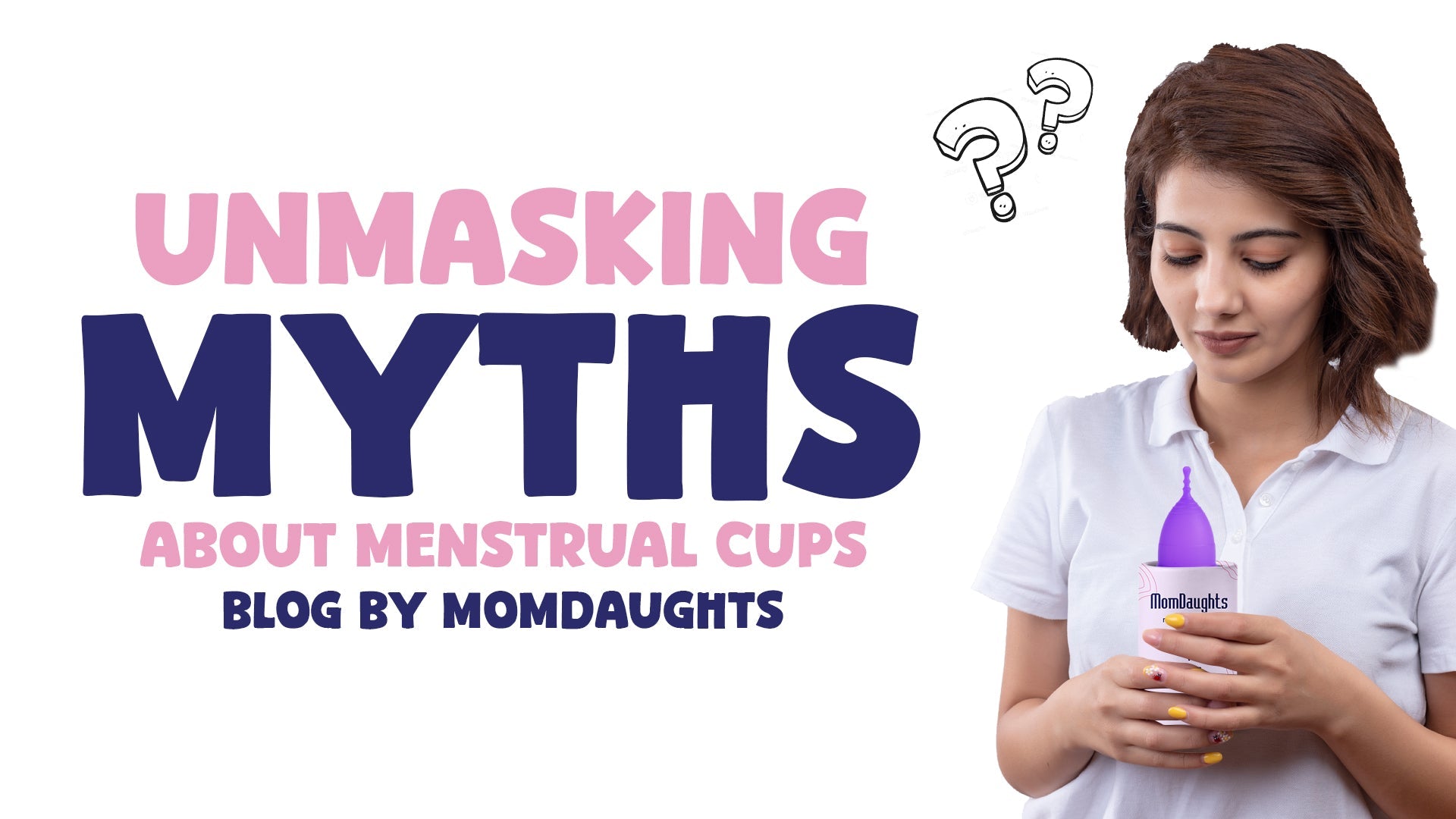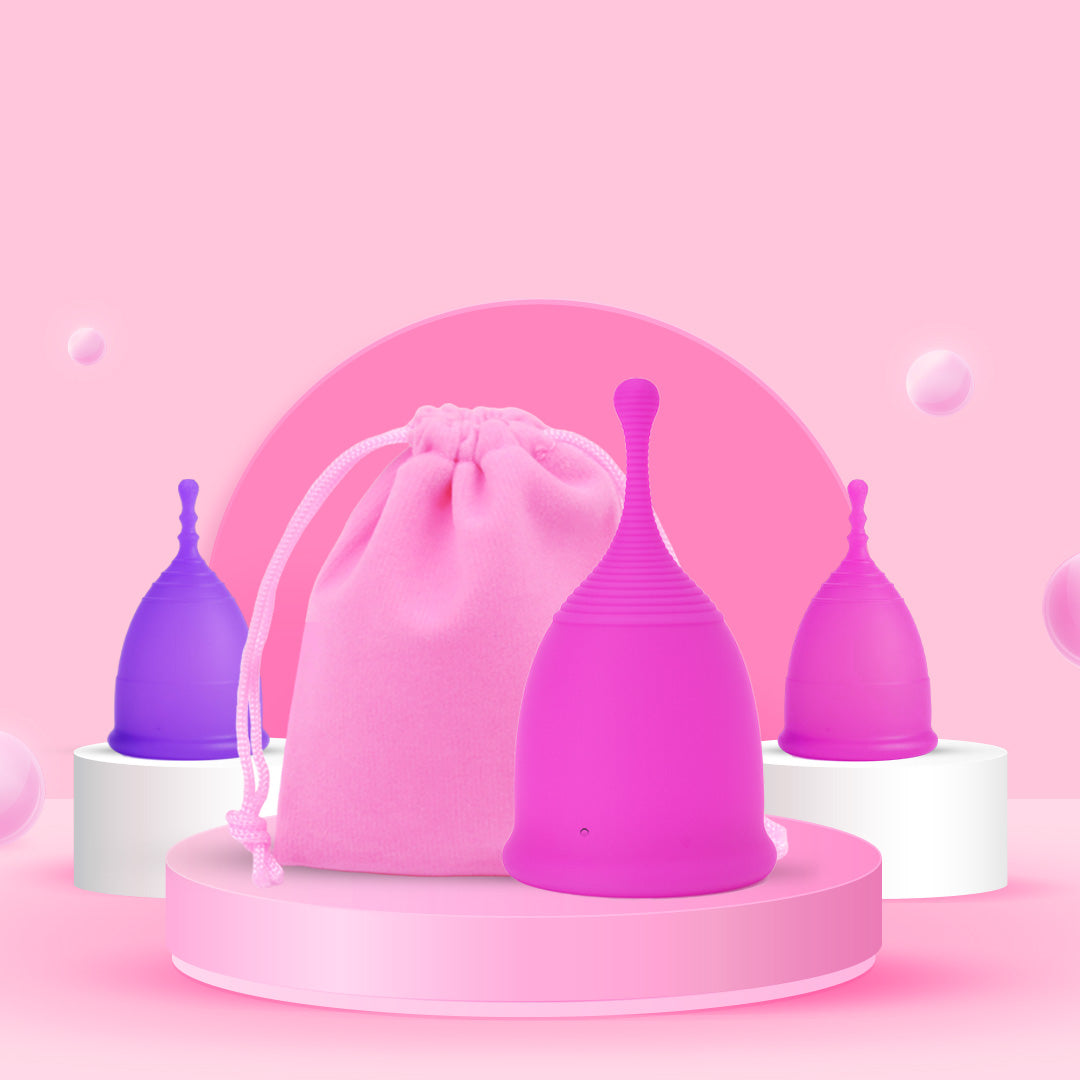Overview
Menstrual cups are a practical and eco-friendly alternative to pads and tampons, but many myths surround their use. This article debunks common misconceptions, such as difficulty of use, hygiene concerns, and the risk of Toxic Shock Syndrome. It emphasizes that menstrual cups suit various users regardless of experience, can be comfortable, cost-effective in the long run, and are environmentally friendly. Understanding the facts can empower women to make informed choices about their menstrual health.
Frequently Asked Questions
1. What is a menstrual cup?
2. Are menstrual cups difficult to use?
3. Are menstrual cups hygienic?
4. Can menstrual cups cause Toxic Shock Syndrome?
5. Can anyone use any menstrual cup?
Menstrual cups have surged in popularity in recent years as a practical and eco-friendly alternative to traditional period products like pads and tampons. However, with their rising popularity come a multitude of myths and misunderstandings. In this article, we aim to debunk some of the most common myths about menstrual cups, empowering women to make informed choices about their period products.
Understanding Menstrual Cups
Before delving into the myths, it’s important to understand what a menstrual cup is. A menstrual cup is a small, flexible bell-shaped cup made of medical-grade silicone, rubber, or thermoplastic elastomer. It’s designed to be inserted into the vagina during menstruation to collect menstrual fluid. Unlike traditional period products, which absorb menstrual flow, menstrual cups catch it, allowing for a more sustainable and environmentally-friendly option.
Myth 1: Menstrual Cups Are Difficult to Use
One of the most prevalent myths about menstrual cups is that they are difficult to use. While it may take some practice to get comfortable with inserting and removing a menstrual cup, most users find that with a little patience, they can master it quickly.
Initially, it may feel awkward, but trying different positions—sitting on the toilet, squatting, or even standing with one leg elevated—can help. Additionally, practicing in a relaxed atmosphere without the pressure of your period can help you familiarize yourself with the device. Once you find the right method, you’ll see why many consider it the best period product on the market!
Myth 2: Menstrual Cups Are Unhygienic
Another common misconception is that menstrual cups are unhygienic. In reality, menstrual cups can be one of the most hygienic options available. They are made from medical-grade materials that are safe and easy to clean. As long as you wash your hands before handling your menstrual cup and clean it properly between uses, it can be a very hygienic choice.
Most menstrual cups are also designed to last for years with proper care, reducing waste compared to disposable products. This longevity contributes to a cleaner environment, making menstrual cups a wise pick for the eco-conscious consumer.
Myth 3: Menstrual Cups Cause Toxic Shock Syndrome
There’s been concern that menstrual cups can cause Toxic Shock Syndrome (TSS), the same risk associated with tampons. However, research indicates that the risk of TSS from using a menstrual cup is significantly lower when compared to tampons. This is largely because menstrual cups can hold a greater volume of fluid, allowing you to change or empty them less frequently than you would change a tampon.
It is essential, however, to follow guidelines for usage and cleaning to maintain optimal hygiene. It’s a good idea to start slowly and consult resources to ensure that you’re using the menstrual cup correctly. With these practices, you can minimize any potential risks while enjoying the benefits of your chosen product.
Breaking Down More Misconceptions
Myth 4: Anyone Can Use Any Menstrual Cup
While menstrual cups are designed to be versatile, it’s vital to understand that not every cup works for every body. Factors such as age, whether you’ve given birth, and individual anatomy play a role in finding the best period product for you.
There’s a variety of menstrual cups available, differing in size, shape, and stiffness. It’s worth taking the time to research and even try a few different types. Personal recommendations, brand reviews, and even customer feedback can guide you in selecting the right cup that matches your lifestyle and comfort level.
Myth 5: Menstrual Cups Are Only for Experienced Users
Many think that menstrual cups are best left for seasoned users who are accustomed to internal products. This couldn’t be further from the truth! Menstrual cups can be suitable for women of all ages, including those just starting their menstruation journey.
They are a great alternative to tampons and pads, offering a reusable option that promotes financial savings over time. Plus, they can be more comfortable once you get used to them. Starting with a smaller, softer cup can help ease new users into the experience.
Dispelling More Myths Related to Comfort and Use
Myth 6: Menstrual Cups Are Painful
Fear of discomfort often discourages women from trying menstrual cups. While initial insertion may feel unfamiliar, pain should not be a part of the experience. If there is discomfort, it may be due to improper insertion, selecting the wrong size, or wearing the menstrual cup for too long.
Many users report that once they find the right fit and get used to how a menstrual cup feels, they barely notice it’s there! If you’ve been curious, it’s worth giving menstrual cups a chance. After a short adaptation period, you might find them to be a more comfortable option.
Myth 7: Menstrual Cups Are Expensive
Initially, the price of a menstrual cup might feel high, especially compared to buying a box of pads or a pack of tampons. However, when you consider the longevity of these cups—often lasting for years with proper care—they are a more economical choice in the long run.
In addition, many menstrual cups are made from sustainably sourced materials, meaning they can help you save money while also helping the planet. It is wise to consider your menstrual product as an investment. When you do, the menstrual cup quickly becomes one of the best period products available!
The Environmental Angle
Myth 8: Menstrual Cups Are Not Eco-Friendly
An eco-conscious consumer might think that using menstrual cups could still pose environmental problems. However, menstrual cups actually significantly reduce the amount of waste created by traditional disposable products.
With the average woman menstruating for about 40 years, the number of pads and tampons used during that period can be astronomical. In contrast, a single menstrual cup can last for years, drastically cutting down on waste. Furthermore, many menstrual cups are made from recyclable or biodegradable materials, increasing their eco-friendly profile.
Myth 9: It's Difficult to Clean Menstrual Cups
Cleaning a menstrual cup is more straightforward than some would believe. After each use, simply rinse it with warm water and an unscented, mild soap. Some users opt for boiling their cup for sterilization after each cycle. Ultimately, it comes down to personal preference and comfort level.
Such simple care routines can establish menstrual cups as a convenient choice, reinforcing their sustainability benefits. Many users appreciate the ease with which they can maintain their cups, which often leads to higher satisfaction rates regarding their menstrual product choice.
Navigating Personal Preferences
Myth 10: You Can’t Exercise with a Menstrual Cup
Fitness enthusiasts may shy away from using a menstrual cup, fearing that it will interfere with their workouts. Contrary to this myth, many athletes advocate for menstrual cups because they provide leak-proof protection during rigorous physical activity. Once properly inserted, they can move with your body and remain securely in place.
This movement capability makes menstrual cups an extraordinary choice for women who participate in sports or active lifestyles. Tampons and pads may shift or become uncomfortable, but with a well-fitted menstrual cup, you can focus purely on your performance.
The Real Deal on Menstrual Cups
In conclusion, the myths surrounding menstrual cups can create unnecessary barriers to using one of the best period products available. Educating yourself on the facts can lead to more informed choices regarding menstrual hygiene. Remember, menstrual cups are versatile, eco-friendly, and can empower you to have a better understanding of your bodily health.
Take the plunge and explore menstrual cups. You might find yourself embracing a more sustainable lifestyle, alleviating discomfort, and even saving money in the long run. By busting these myths, we hope to inspire you to reevaluate your options and make a confident decision that aligns with your needs. So, which myth will you conquer first on the road to menstrual cup mastery?
Linked Product

MomDaughts' Double tail Menstrual Cup
breeze. This menstrual cup offers a sustainable alternative to traditional products, reducing waste while providing reliable protection throughout your cycle. Its design not only enhances comfort but also simplifies the learning curve for those new to menstrual cups.
View Product




